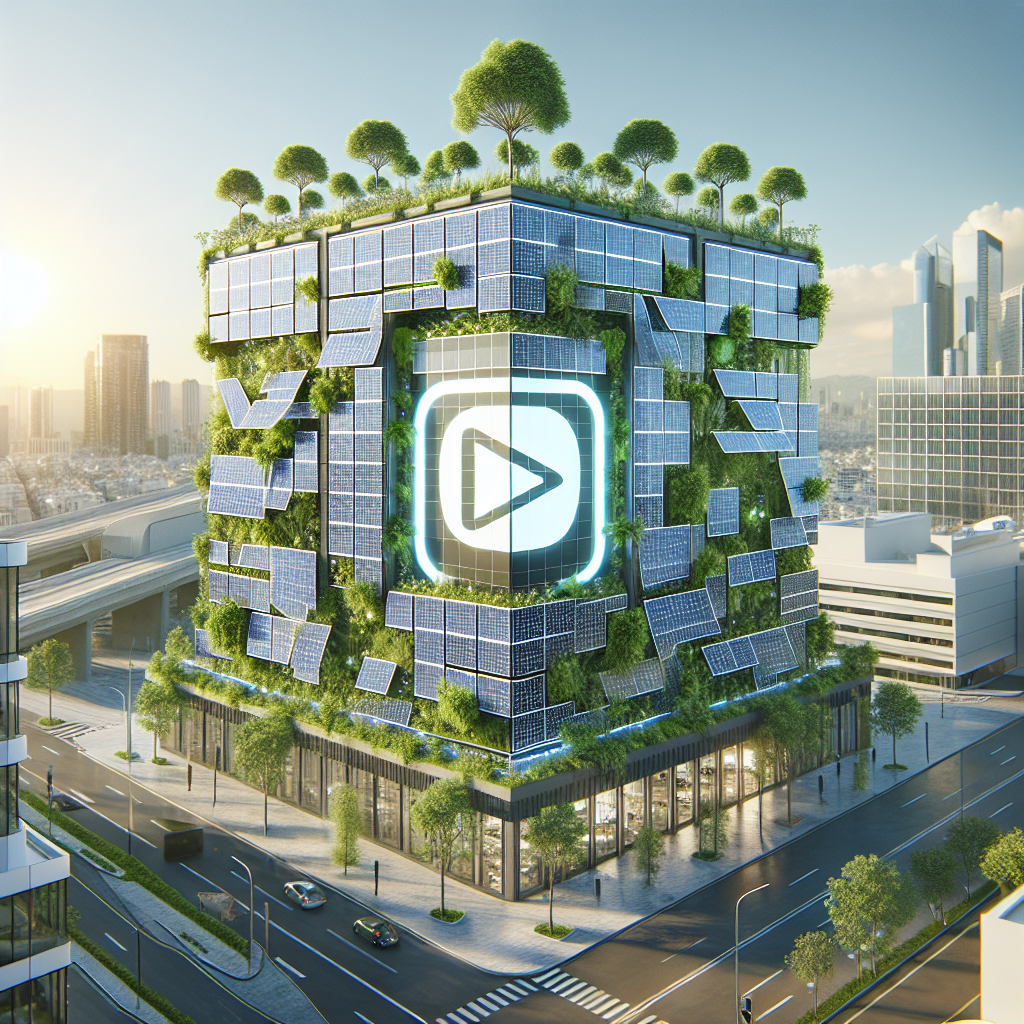AI-Driven Design Optimization for Sustainable Buildings
In recent years, the use of artificial intelligence (AI) in the design and construction of sustainable buildings has gained significant attention. AI-driven design optimization has the potential to revolutionize the way buildings are designed, constructed, and operated, leading to more efficient and sustainable structures. By harnessing the power of AI, architects and engineers can create buildings that are not only environmentally friendly but also aesthetically pleasing and cost-effective.
AI-driven design optimization refers to the process of using AI algorithms to analyze and optimize building designs for sustainability. These algorithms can take into account a wide range of factors, such as energy consumption, material usage, and environmental impact, to create buildings that are more efficient and sustainable. By using AI, architects and engineers can quickly generate and evaluate thousands of design options, allowing them to identify the most sustainable and cost-effective solutions.
One of the key benefits of AI-driven design optimization is its ability to reduce the time and cost associated with the design process. Traditionally, architects and engineers would spend months or even years developing and refining building designs. With AI, this process can be significantly accelerated, allowing designers to explore a wide range of design options in a fraction of the time. This not only saves time and money but also allows for more innovative and sustainable design solutions.
Another advantage of AI-driven design optimization is its ability to optimize building performance. By analyzing data from sensors and building management systems, AI algorithms can identify areas where energy consumption can be reduced, materials can be optimized, and environmental impact can be minimized. This can lead to buildings that are not only more sustainable but also more comfortable and efficient for occupants.
AI-driven design optimization can also help architects and engineers to create more resilient buildings. By simulating various scenarios, such as extreme weather events or natural disasters, AI algorithms can identify potential weaknesses in building designs and recommend changes to improve resilience. This can help to ensure that buildings are able to withstand a wide range of challenges, from climate change to seismic activity.
FAQs
Q: How does AI-driven design optimization work?
A: AI-driven design optimization works by using algorithms to analyze and optimize building designs for sustainability. These algorithms can take into account a wide range of factors, such as energy consumption, material usage, and environmental impact, to create buildings that are more efficient and sustainable.
Q: What are the benefits of AI-driven design optimization?
A: Some of the key benefits of AI-driven design optimization include reduced time and cost, improved building performance, and increased resilience. By using AI, architects and engineers can quickly generate and evaluate thousands of design options, leading to more sustainable and cost-effective solutions.
Q: How can AI-driven design optimization help to create more sustainable buildings?
A: AI-driven design optimization can help to create more sustainable buildings by analyzing data from sensors and building management systems to identify areas where energy consumption can be reduced, materials can be optimized, and environmental impact can be minimized. This can lead to buildings that are not only more sustainable but also more comfortable and efficient for occupants.
Q: What are some examples of AI-driven design optimization in action?
A: One example of AI-driven design optimization in action is the use of AI algorithms to optimize building facades for energy efficiency. By analyzing factors such as solar exposure and thermal performance, AI algorithms can recommend changes to building designs that can significantly reduce energy consumption.
Q: How can architects and engineers incorporate AI-driven design optimization into their practice?
A: Architects and engineers can incorporate AI-driven design optimization into their practice by partnering with AI technology providers or hiring in-house AI experts. By leveraging the power of AI, designers can create buildings that are not only sustainable but also innovative and cost-effective.
In conclusion, AI-driven design optimization has the potential to revolutionize the way buildings are designed, constructed, and operated. By harnessing the power of AI, architects and engineers can create buildings that are more sustainable, efficient, and resilient. As the technology continues to evolve, we can expect to see more innovative and sustainable buildings that are designed with the help of AI algorithms.

